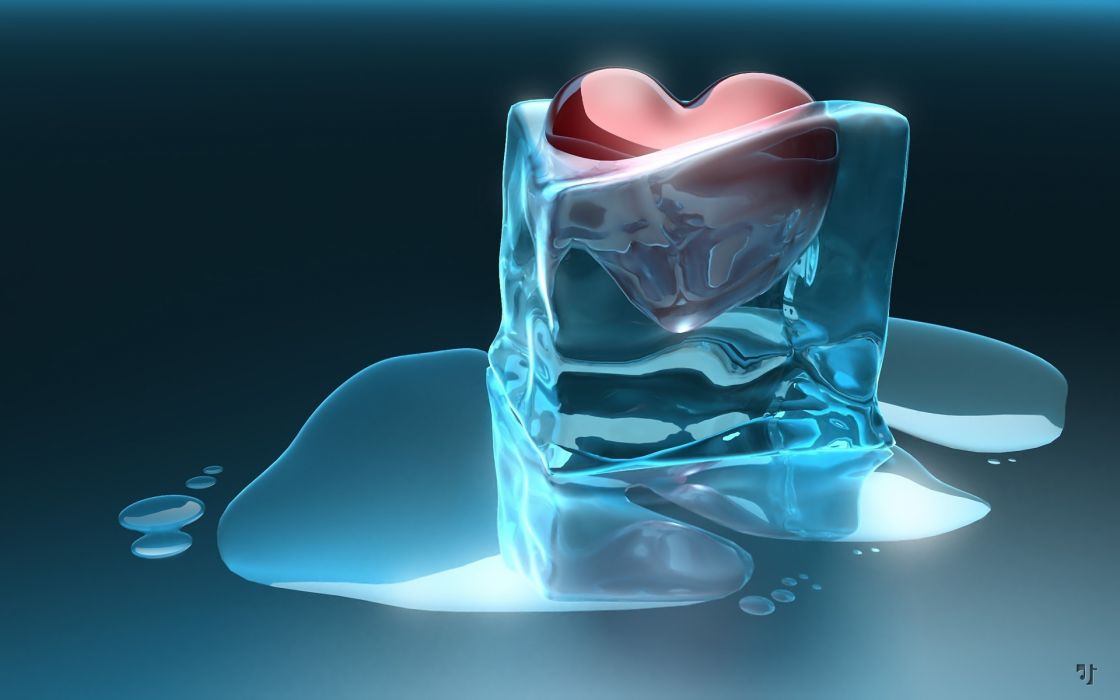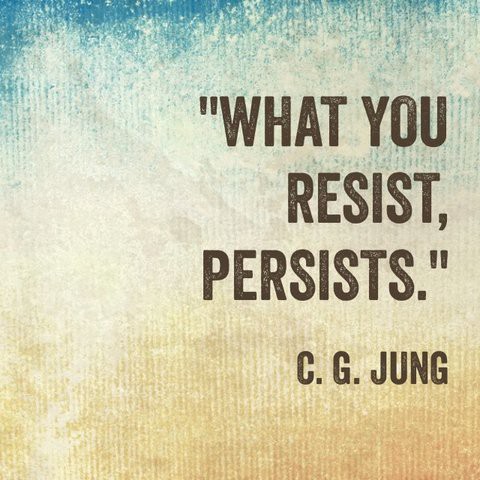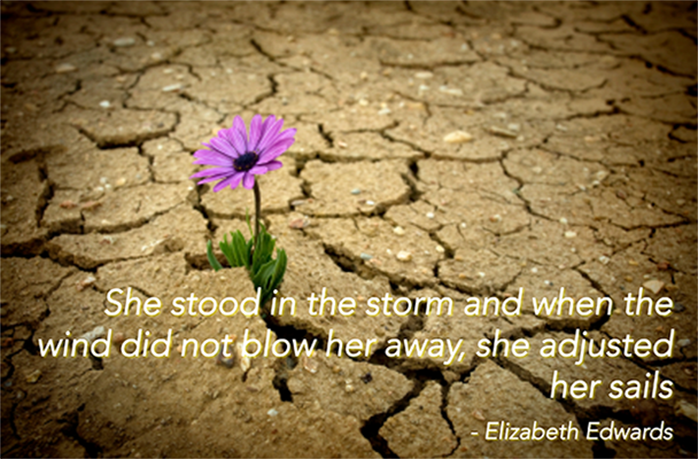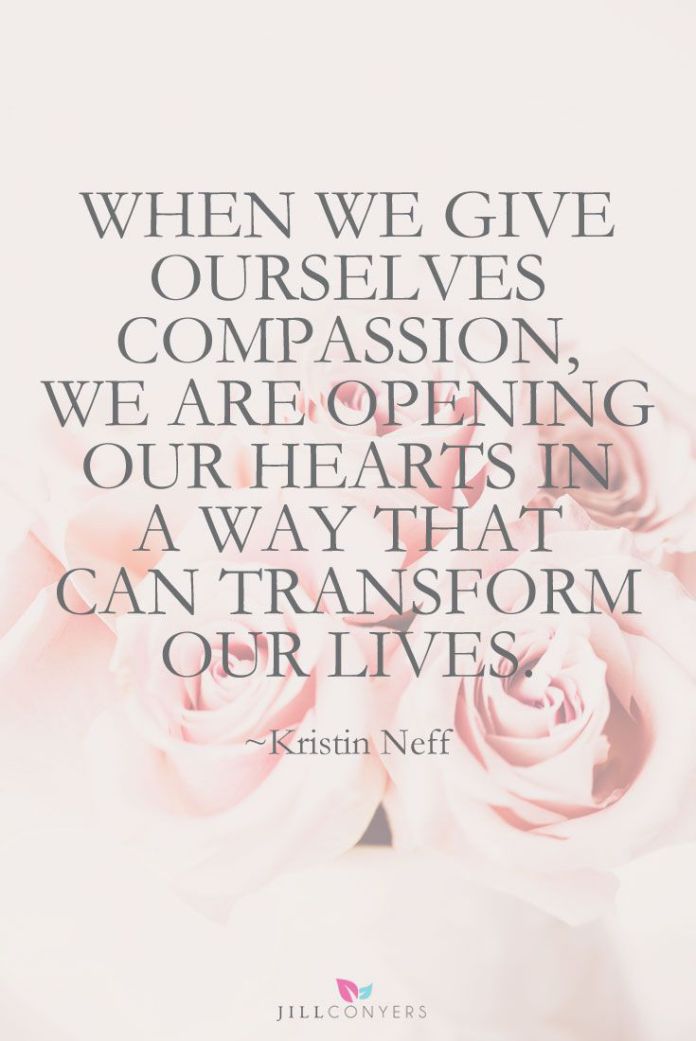I came to realize at one point that what I thought was a state of emotional resilience was actually a state of emotional resistance and what I thought was my strongest quality was in fact my weakest link. A barrier to personal growth rather than an authentic state of personal power. Here’s how I now differentiate the two:
The differences between being emotionally resilient and emotionally resistant are day and night but despite the obvious differences we easily tend to mistaken them to be one and the same. Emotional resilience can be defined as being open to allowing emotions to surface without trying to repress them, vulnerable, flexible and fully present with them in order to source personal power and regeneration from them. A way to use them as a launching pad into higher states of love and awareness.
Being emotionally resistant can be described as not being affected by emotions but in an unhealthy way. Rather than feel them fully to allow them in to be alchemize into higher states of love and awareness, it’s resisting them to help preserve what does not want to be disturbed or seen. Undealt with emotions don’t actually go away they just get deflected onto someone or somewhere else, buried again for another day. If we’ve been blocking ourselves from feeling emotions for a long time, specifically emotions that arise repeatedly in similar situations, we create behavioural patterns that make real life decisions for us unconsciously.
Our false emotional resilience is inbred from the resistance, it’s an emotional armour to protect ourselves against feeling the raw emotions that are teaching us important lessons about how we can grow. Rather than an act of self-love, this armour becomes an act of self-depreciation over time, because in order to truly love ourselves we must first fully embrace all that we are, right? Most of us know this but it’s not so easy to implement because emotional resistance is a deeply programmed self-defence mechanism that assumes the guise of a self-loving act of protection against outside forces, usually real life outside forces that existed in the past. This is part of what the whole authenticity movement is challenging us to stay centred with, being fully present to emotions not only when we’re up to feeling them but also when we’d rather put up our armour, consciously or otherwise.
We don’t need to linger unnecessarily in emotions, especially if they’re brought on by someone else’s poor behaviour for example, resisting them in those cases is an act of self-love, a way to protect oneself from getting sucked into another’s moods and triggers. A healthy by-product to healthy boundary setting and part of a healthy self-care practice. This is what grants others the space to recognize what’s theirs as well as grants them the processing time to adequately sit with them. Communicating to a loved one how you felt while they were being triggered and telling them with emotional maturity that they now need to hold space for themselves to deal with their emotions is a very loving way to let someone know that you’re there for them and support them but not willing to assume responsibility for their personal growth or emotional immaturity. It’s not anyone’s responsibility to help us process our emotional triggers unless it feels healthy for both parties.
When someone’s behaviour can be considered to be normal and yet we feel a strong emotion arise despite it, we’re usually safe to own it, unless we’re in an abusive relationship. The people we become the most intimate with know exactly how to push our buttons and trigger us despite acting ‘normal’, so we always have to keep an eye open for emotionally abusive behaviours. We do this to maintain a healthy dynamic for both because we wish to be in conscious relationships. When intentions are pure the opportunity to become more emotionally resilient vs resistant is radically increased because those people we’re the most intimate with will challenge the deepest layers of our emotional conditioning, even in the healthiest of dynamics.
How can we begin to become more conscious is the most important question and I believe it boils down to taking enough time to self reflect so as to be able to identify the triggers and own them so we don’t keep projecting them onto another, it’s an art of self dedication towards personal growth, a life style commitment. Continuously asking ourselves where the emotion is coming from before reacting is the initial key, taking time to breath helps to create the space to do this. Knowing how to request space for ourselves is also part of this.
How do we become more resilient without feeling too vulnerable was my next question because who wants to feel vulnerable, really? Quickly I came to the conclusion that diving into unadulterated vulnerability is the only necessary step to becoming emotionally resilient. Not wanting to feel vulnerable is the protective layer against feeling the more difficult emotions lying beneath, such as shame, fear, rage or lack of self-worth ect. Acting emotionally confrontational or sporadic is not being emotionally vulnerable, let’s just get that straight right off the bat because many may think being emotionally vulnerable equates to being in a state of emotional disarray but this is far from the vulnerability that gives us the strength to process them.
We don’t easily want to take a swim in the more difficult emotions lying beneath because it feels physically exhausting. We often feel these physical pains as heart crushing or solar plexus twisting but eventually we become so fed up of the same emotions resurfacing through random triggers that we finally give in to the physical pain as less offensive than the long term psychological pain of the repetitive pattern and the growth it’s inhibiting in our lives.
Once we’ve owned our triggers–personal reactions to something internal verses a natural reaction to something external–we can turn in our battleships of self-protection for a life preserver of self-loving personal growth. We can then identify what internal subconscious alarms when off and why. The real emotion below the cover emotion that emerged when we began to feel something we didn’t want to feel. Right below that initial reaction of anger, sadness and projection, we ask ourselves, “what deeper emotion is being triggered and why?” Then we sit there in that annoying vulnerable pit of emotion until we get our answer. It takes some practice, just like meditation, a certain amount of discipline to make self-compassion the priority but slowly it becomes easier. Sometimes more than one reason will surface into our awareness but from my observation they’re usually interwoven, one the byproduct of the other, relating back to the same core wounding.
We might not always find the exact situation that caused the pattern to begin with but either way as soon as we can allow ourselves to sit with it long enough, to feel it fully, it naturally starts to alchemize within our emotional bodies, slowly re-mapping the brain-body connection with feelings of self-love, self-compassion and self-acceptance. Allowing room for that part of ourselves to simply be seen is the game changer because each consequential time it arises there-after, it can more easily be identified and has less and less of a grip on us and the decisions we make. From my experience this is what allows the integration of fragmented aspects of self to come into union. Slowly but surely there are less and less triggered emotions to deal with and more time to play, communicate and create from a pure space.
Blasting Love!
Image sources
Cover
Carl Jung Quote
Buttons
Quote, In the storm
Self-Compassion Quote




